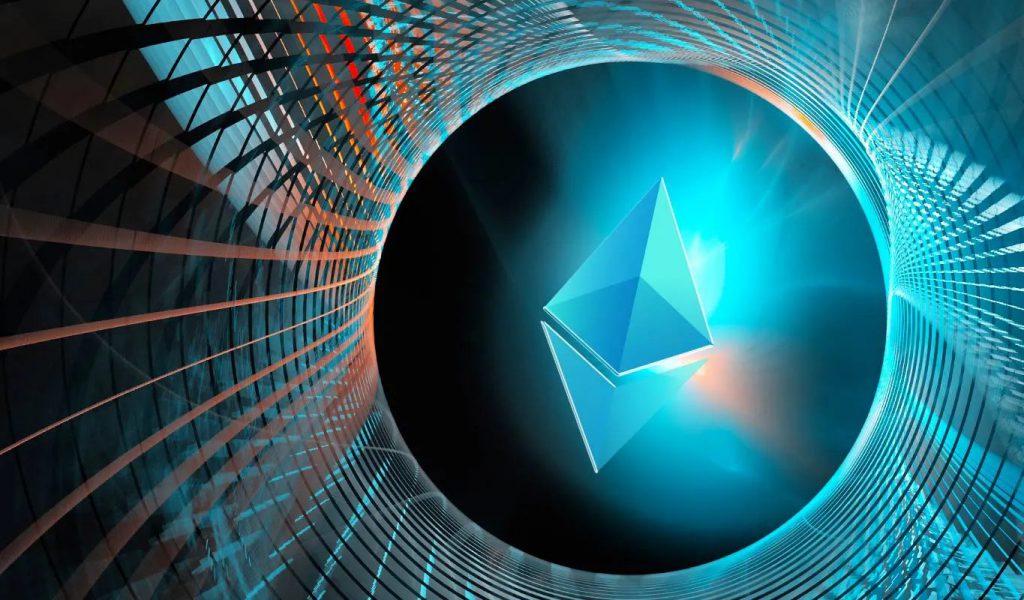People’s interest has been aroused by The Merge, a much-anticipated improvement to the Ethereum [ETH] network. As it strives to begin its proof-of-stake (PoS) journey, the network will wave farewell to its proof-of-work (PoW) period. The network will surely be refreshed as a result of this, and be significantly impacted by the change.
The Merge update replaces Proof-of-Work (PoW) consensus with Proof-of-Stake (PoS) (PoS). It will also replace miners with stakers, who will take over the duty of validating transactions on the blockchain.
Following the Ethereum Merge, another critical component of the Ethereum ecosystem is sharding. Sharding, as an essential component of Ethereum 2.0, will assist to strengthen the blockchain. Here is what you need to know about Ethereum Sharding, and when it will launch..


What is Ethereum Sharding?
Sharding is a basic terminology coming from computer science. It means the splitting of a database horizontally to assist in spreading the load. Ethereum sharding will be a multi-step upgrade that will help in scaling Ethereum and its capacity.
In a basic context, sharding will aid in splitting and evenly distributing the burden of a large amount of data. This distribution will help to lower the burden, reduce congestion in the network, and improve the speed of transactions.
The blockchain will split into separate shards that will be capable of independent functioning. Sharding will provide secure data storage requirements distribution, make the rollups cheaper, and make the operation of nodes easier.


Sharding will minimize the hardware requirements for running a node. It will also aid in more network participation as it will let users run the network using a laptop or even a phone.
When will it release?
As per the announcement by the Ethereum Foundation, sharding will debut sometime in 2023. It primarily depends on the progress that can happen post-merge.
“Sharding should ship sometime in 2023, depending on how quickly work progresses after The Merge. These shards will give Ethereum more capacity to store and access data, but they won’t be used for executing code.”





